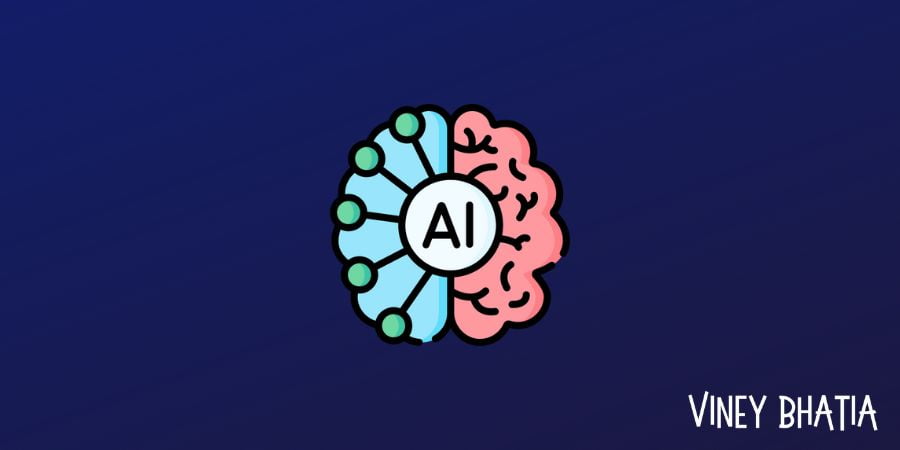Effective communication across languages is crucial in today’s complex global environment. Accurate translation at scale is necessary for businesses seeking global expansion or communication with people who speak different languages.
In that context, AI-powered translation solutions provide quicker, scalable, precise, and cost-effective translation methods. From websites and mobile apps to marketing materials and legal documents, AI-powered translation is transforming how businesses connect with diverse audiences around the globe.
Continue reading to find out how this revolutionary technology is changing the game in content localization, not just tearing down language barriers but also creating chances for progress and innovation in an ever more connected global society.
Understanding AI-Powered Translation Solutions
AI language translation represents a revolutionary approach to translating languages, using cutting-edge algorithms and machine learning technologies. These sophisticated systems investigate language structures, semantics, and context to decipher text written in one language into accurate translations in another.
Traditional approaches rely on human translators’ expertise and manual efforts for accurate results, which can be time-consuming. The best AI language translation systems possess an exceptional capacity for quickly processing large volumes of data, giving businesses the edge they need to speed up localization efforts across geographical boundaries. By tapping into AI’s computational prowess, organizations can streamline localization workflows for maximum efficiency and agility when developing global communications strategies.
Accuracy and Language Diversity
One of the primary advantages of AI-powered translation lies in its capacity to accurately translate many languages with remarkable speed and accuracy. Trained on extensive datasets, AI translation systems can recognize linguistic nuances. As a result, this type of technology produces translations that not only adhere to grammar rules but also capture subtle nuances for more appropriate translations that resonate with diverse audiences.
Scalability and Efficiency
AI-powered translation offers another key benefit in terms of scalability. These systems can handle massive volumes of content with relative ease, making them ideal for businesses operating in dynamic and rapidly evolving environments. From marketing material translation and product descriptions to customer support documentation, AI translation enables organizations to streamline translation and localization processes while reaching global audiences more effectively.
AI-powered translation systems don’t remain stagnant over time; they constantly learn and develop as more data comes through and users provide feedback, refining algorithms for increased quality and accuracy in translations. Businesses benefit from cutting-edge localization solutions that adapt as their needs evolve, acclimating to changes in language usage or cultural norms.
The Future of AI-Powered Translation Solutions
AI technology continues to develop quickly, paving the way for AI-powered translation in the coming years. Through ongoing research and development efforts, we should see continued advances in accuracy, efficiency, and language support.
As businesses prioritize global expansion and cross-cultural communications more frequently than before, their demand for these AI-powered solutions may rise, driving innovation while shaping the future of localized content in this digital era.
Adopt and Integrate
AI-powered translation offers immense promise; however, its adoption and incorporation into existing workflows remain key to its widespread success. Businesses should invest in appropriate tools and technologies and train their teams accordingly so they can maximize their benefits to their fullest extent. Furthermore, seamlessly incorporating localization solutions can streamline processes while increasing overall efficiency, helping organizations maximize global reach and impact.
Final Thoughts
AI-powered translation has emerged at the vanguard of an unprecedented transformational revolution in content localization, offering businesses unmatched speed, scalability and cost-effectiveness in reaching global audiences. Thanks to its remarkable accuracy and seamless handling of diverse languages, it has become a cornerstone of modern communication strategies, allowing organizations to overcome language barriers easily.
Businesses using AI systems to translate content can stay ahead of competitors through constant evolution to ensure its relevance remains impactful across diverse cultural settings.
Besides AI-powered translation facing certain challenges and limitations today, its future does not look dim. There are advancements underway that could change the translation and localization landscapes dramatically in the coming years. As technology progresses further, we expect AI translation solutions to become even more sophisticated, providing enhanced accuracy, efficiency, and language support capabilities for businesses engaging with global audiences in meaningful, appropriate ways, solidifying AI translation’s position as one of today’s prime localization strategies.
